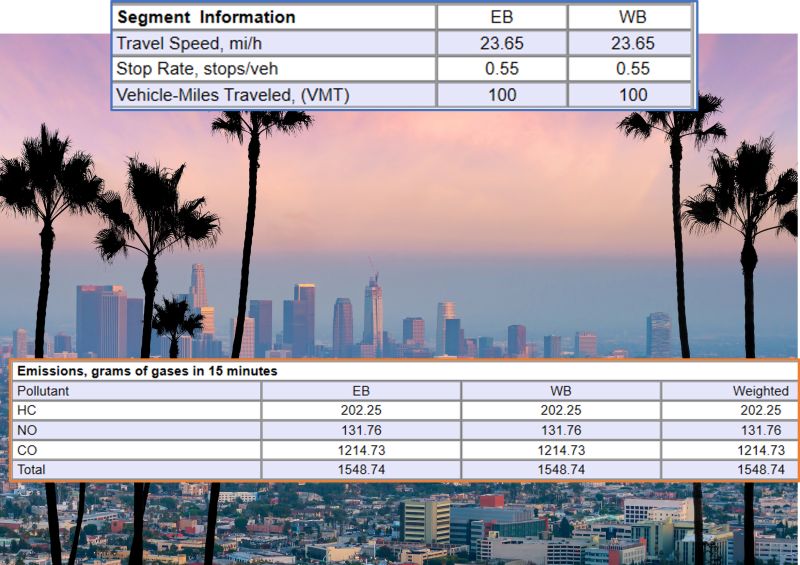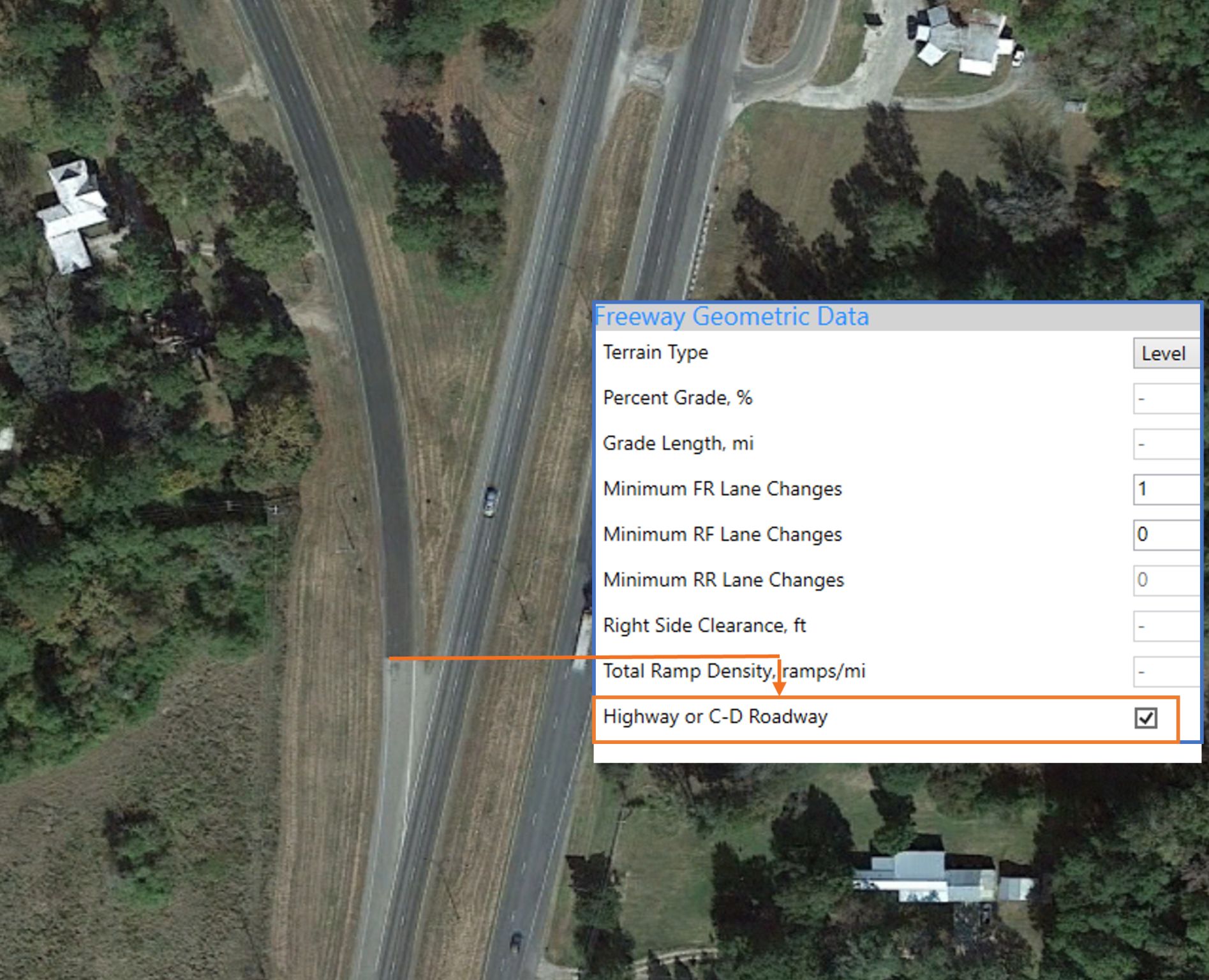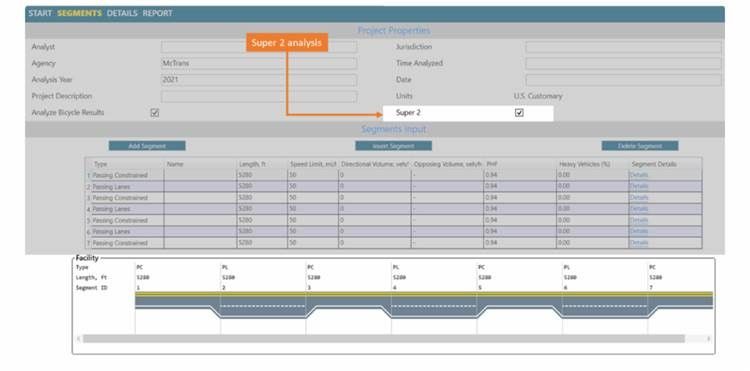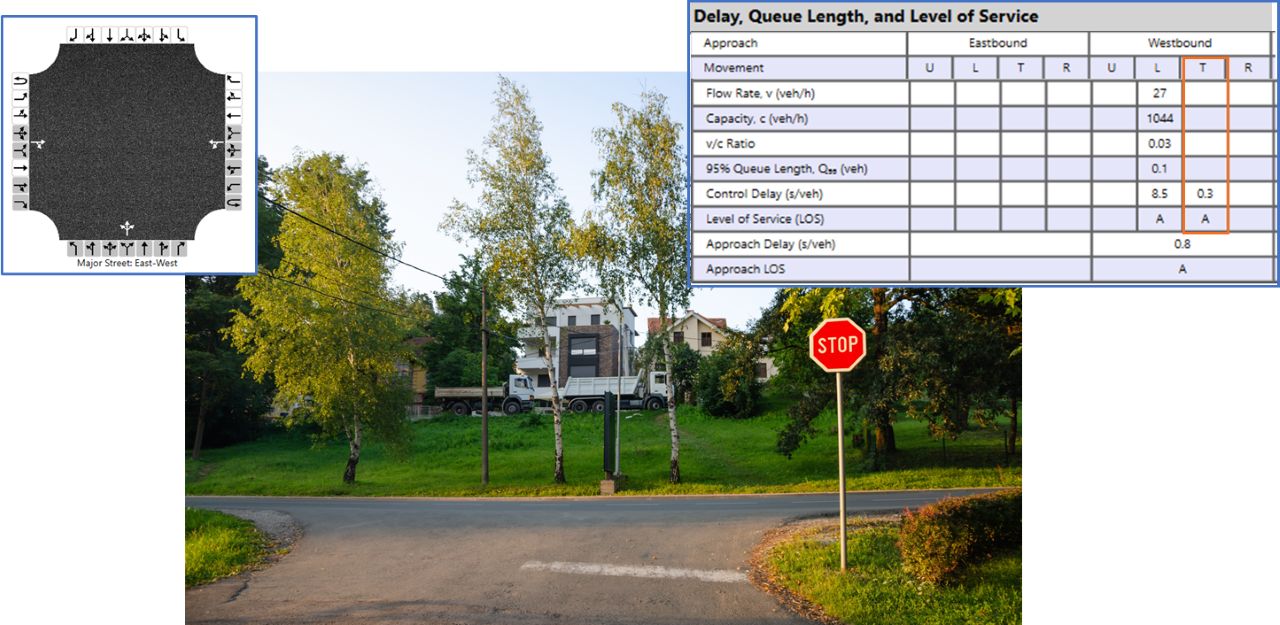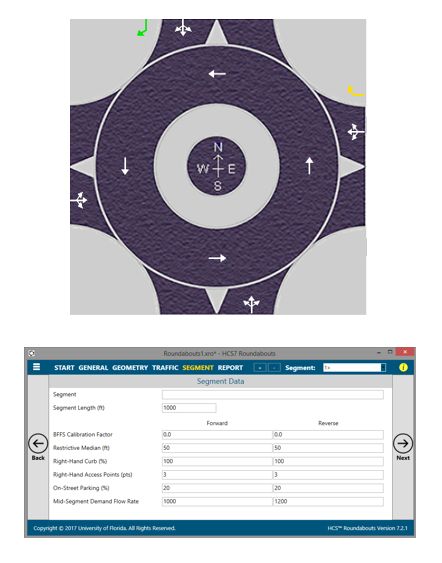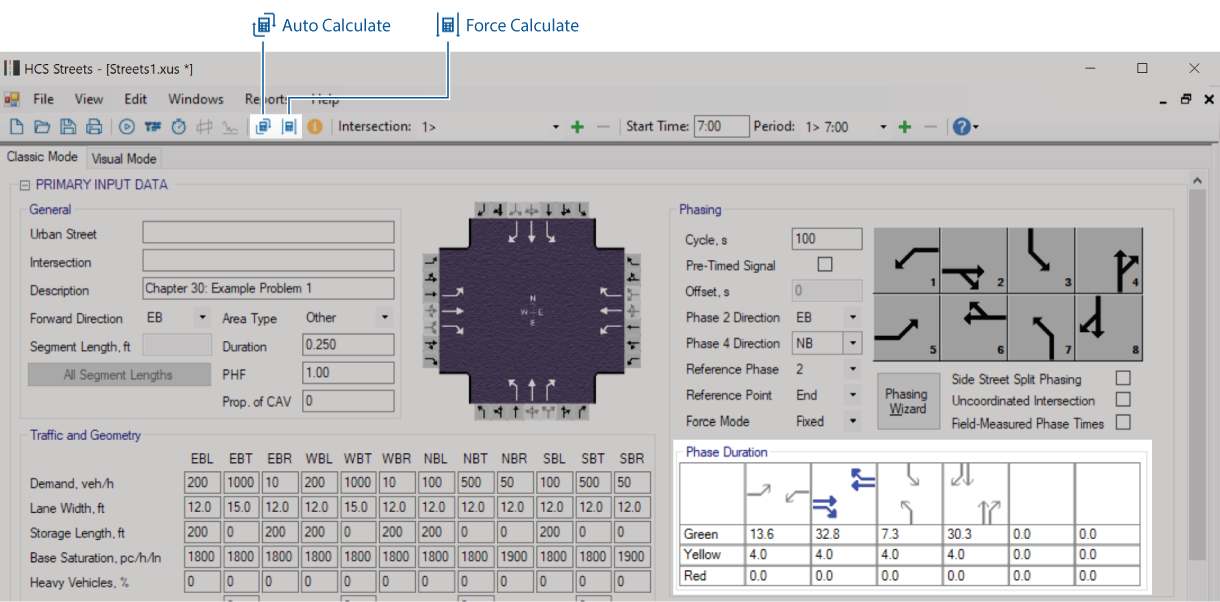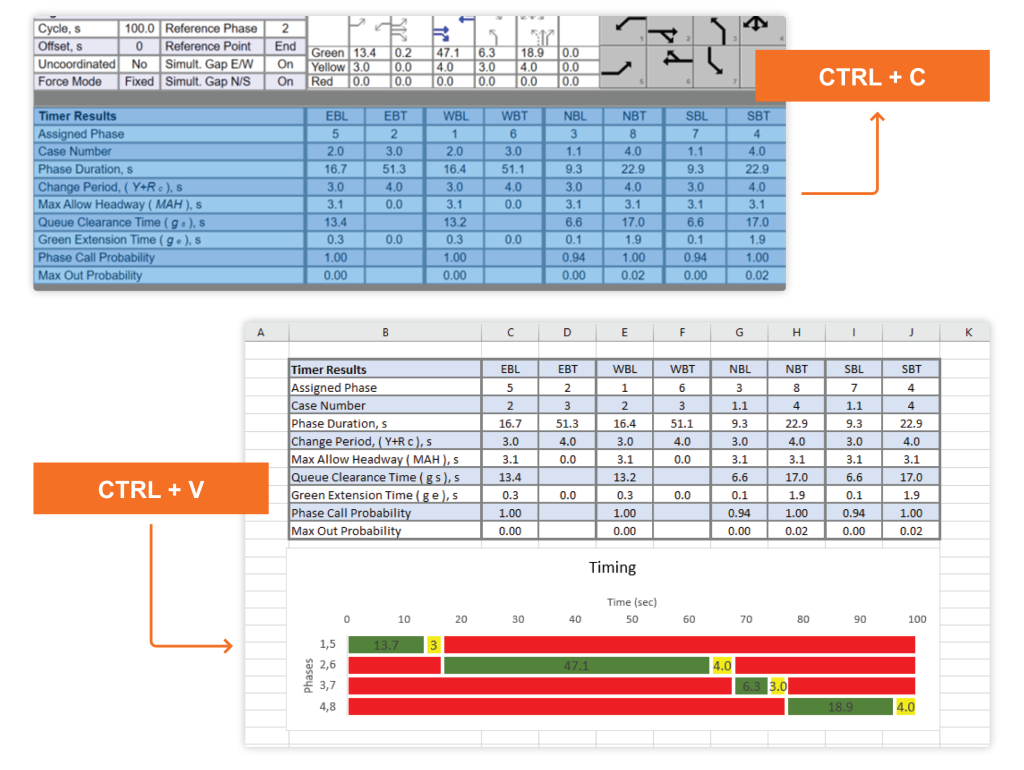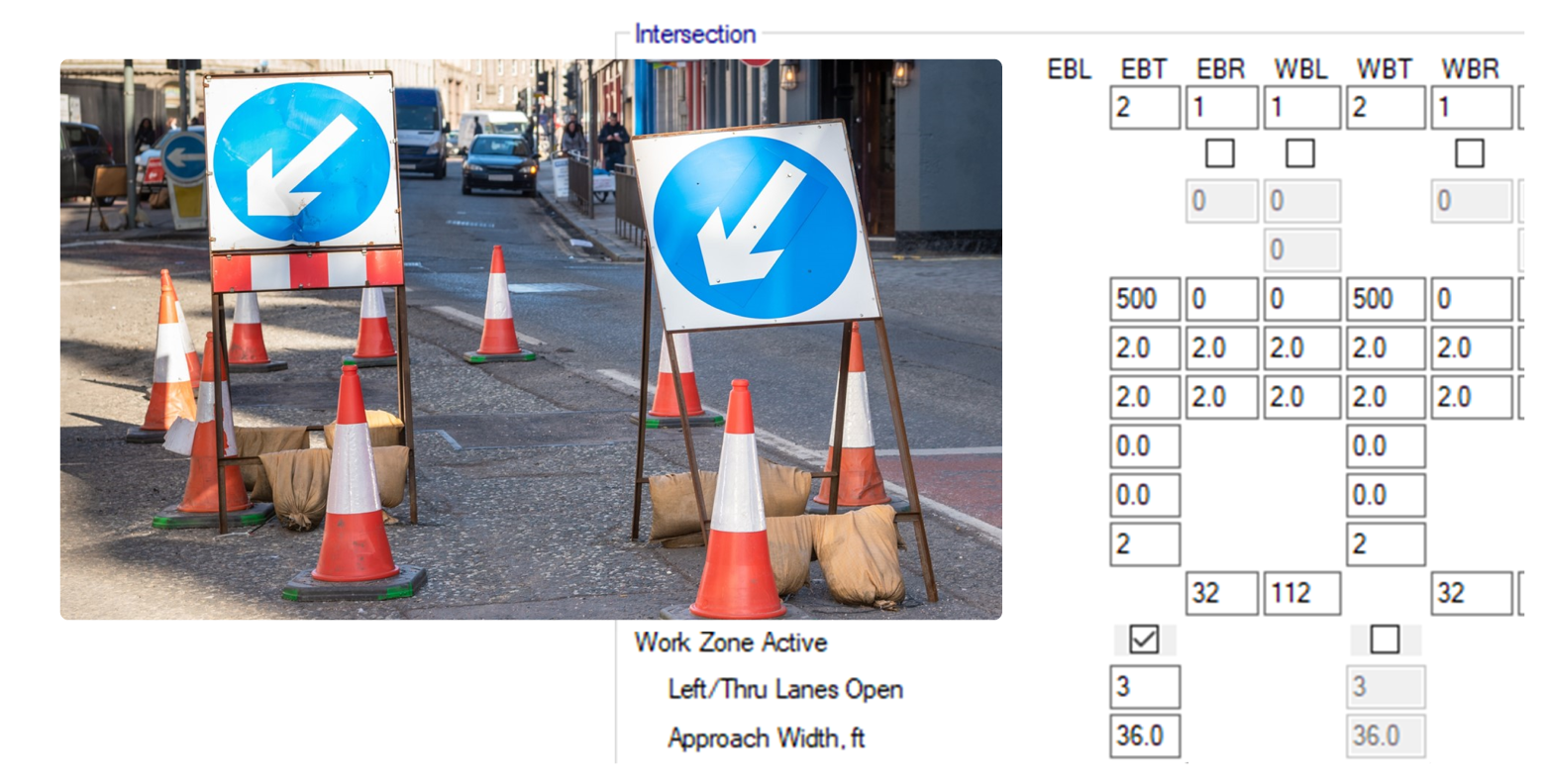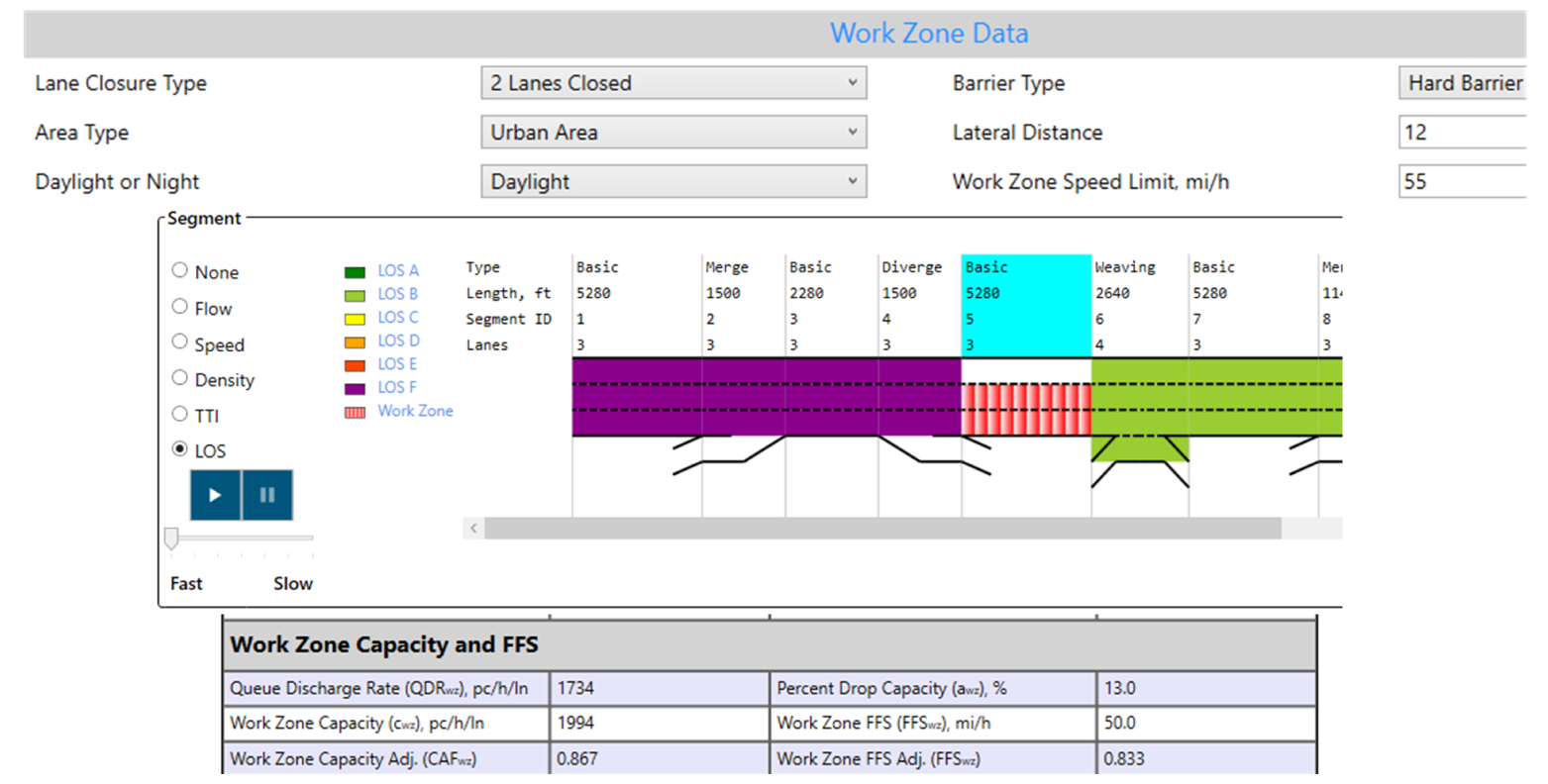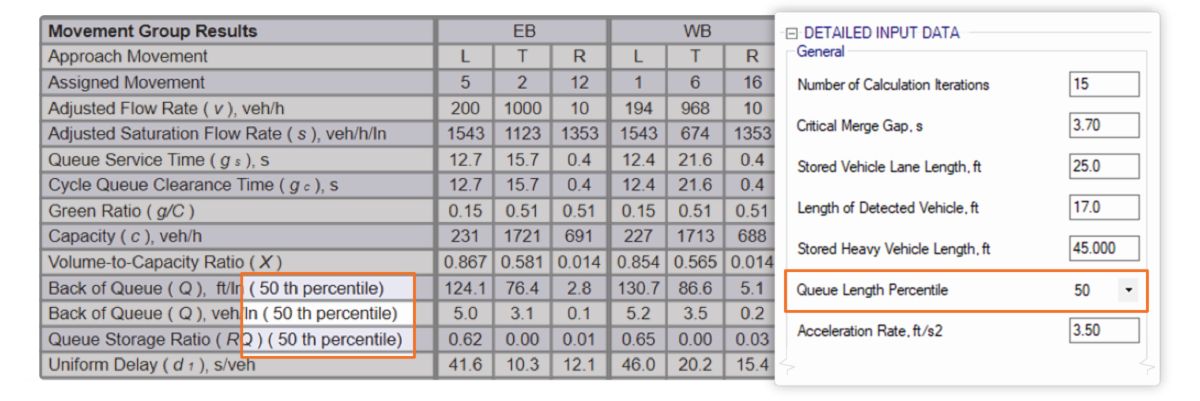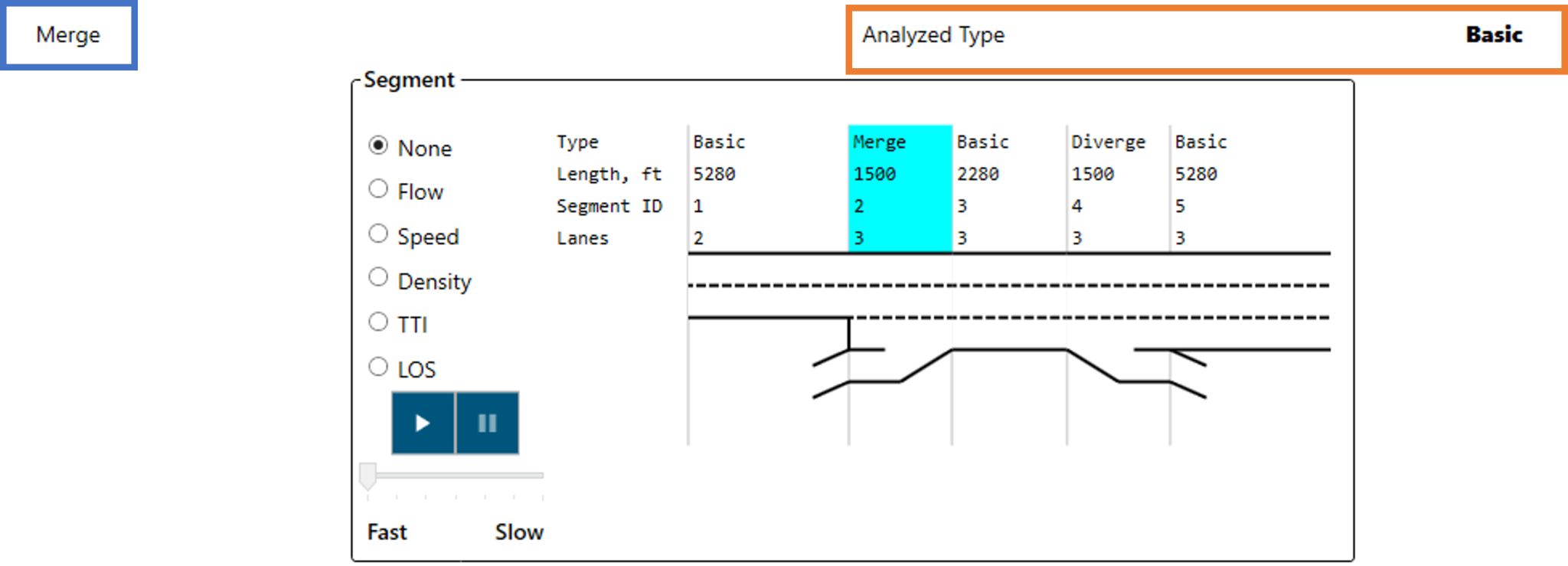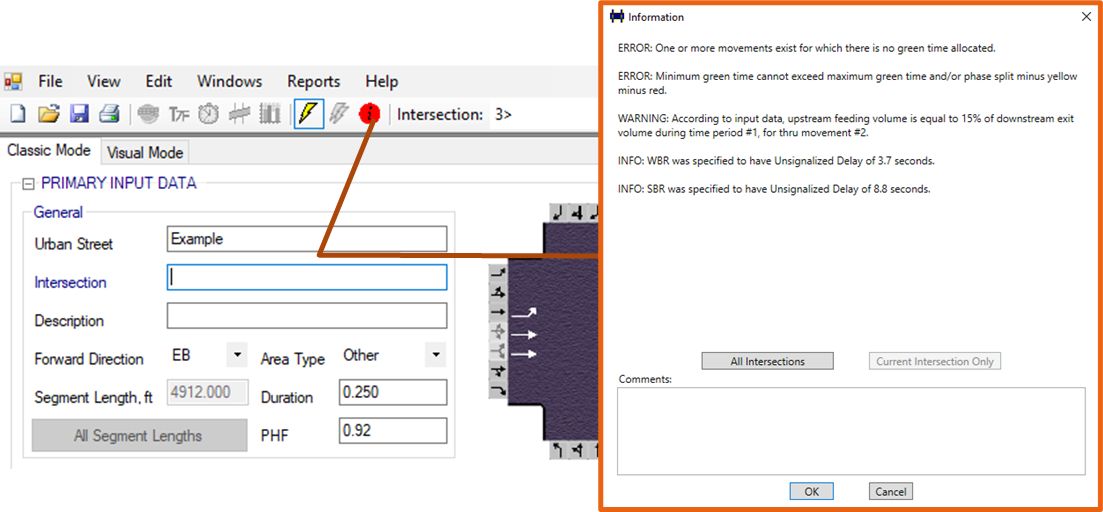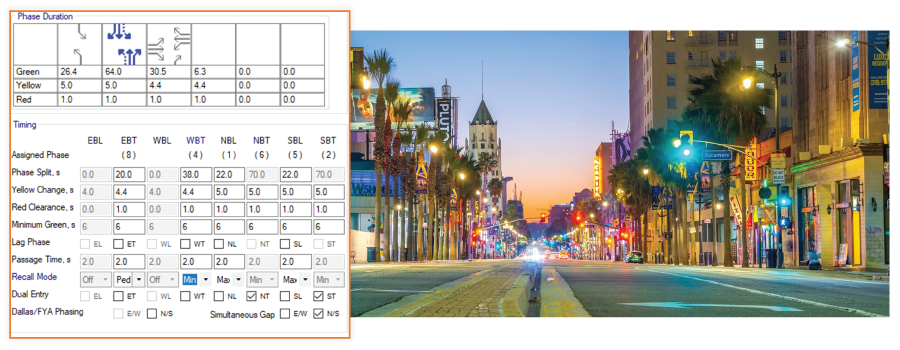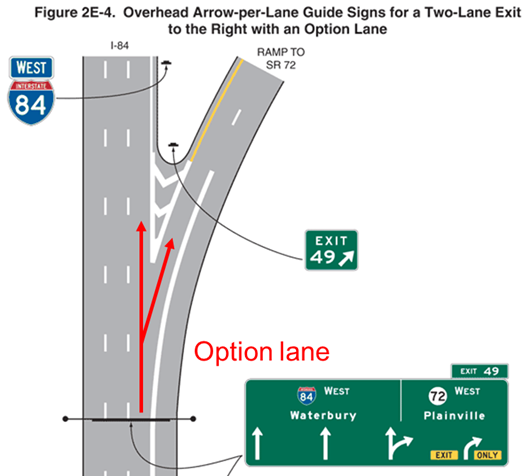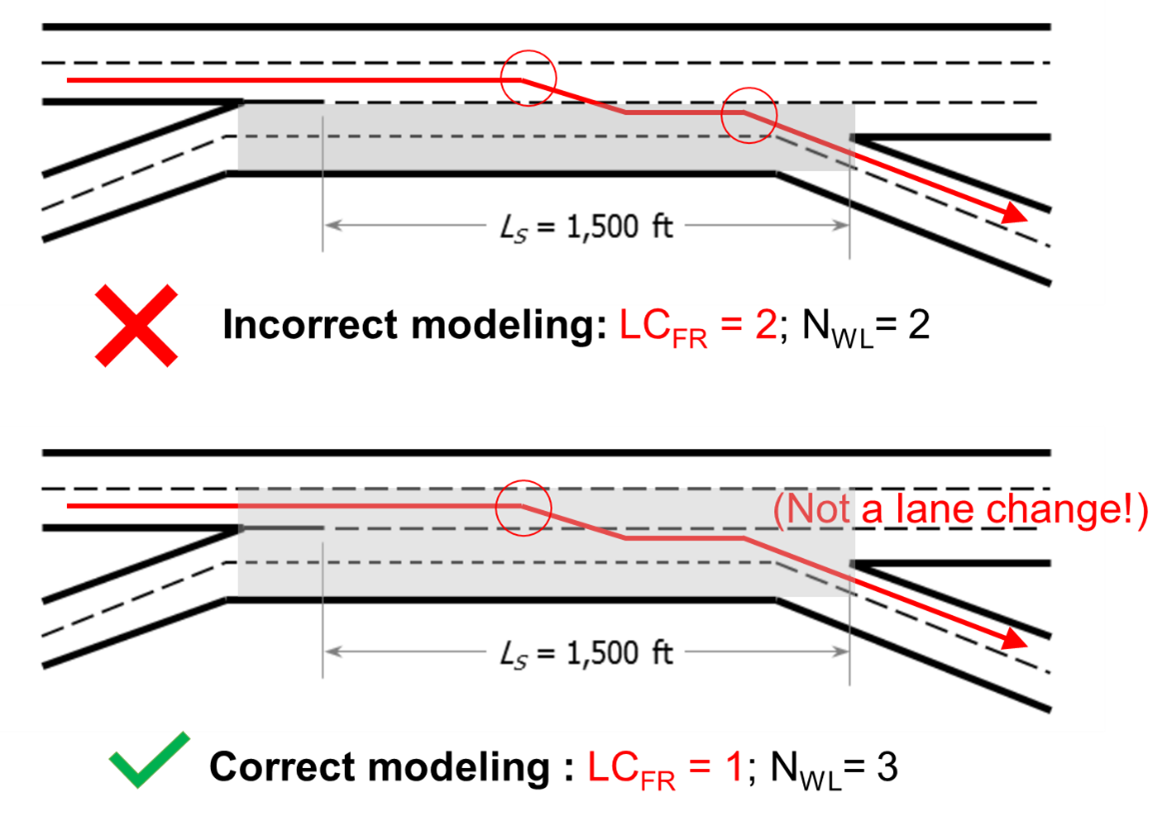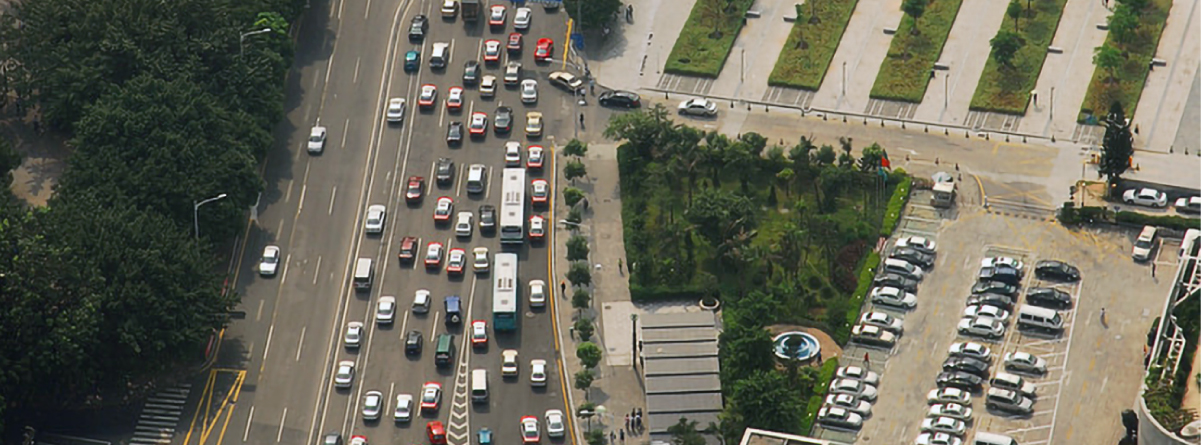McTrans Center YouTube 频道
McTrans Center YouTube 频道免费提供了一系列培训和资讯视频。
Highway Capacity Software 2022
反馈
HCS 用户群组
HCS 用户群组是一个直接联系HCS用户的Linkedin专业群组。在群组中用户可以直接相互交流,分析使用HCS时遇到的问题以及学到经验。您可以直接点击这里加入。
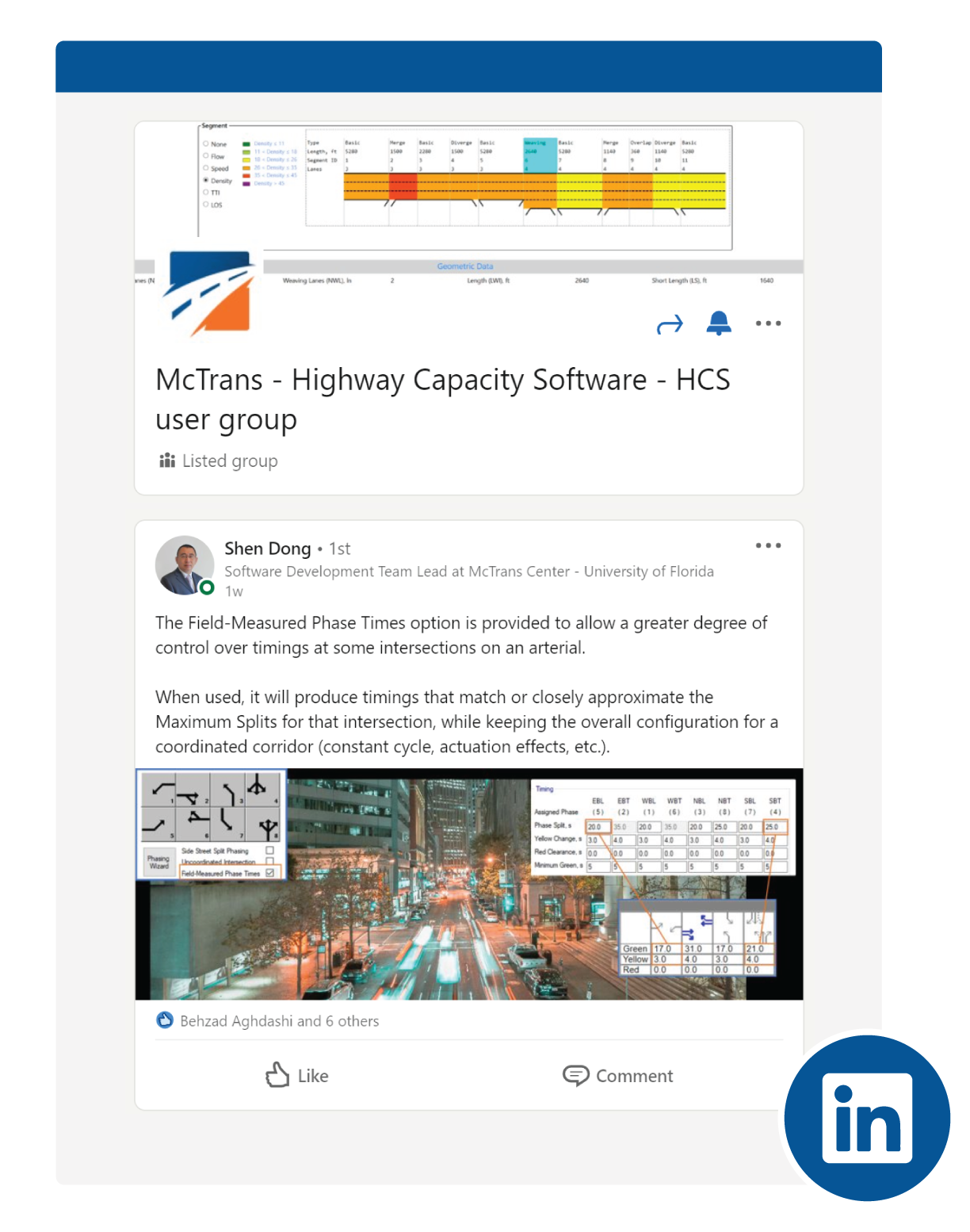
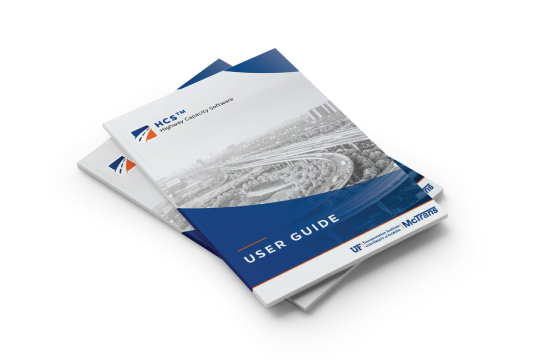
HCS 用户手册
Highway Capacity Software (HCS) 配有全面的用户手册,提供可靠的参考。 用户手册不仅详细介绍了输入和输出,也说明了供调整和校准分析的参数。在每个版本的HCS中,都可以使用CTRL+G快捷或者通过主菜单访问用户手册。
《公路通行能力手册》
《公路通行能力手册》(HCM)时是HCS分析的基础。《公路通行能力手册》详细地介绍了每一种方法。如果研究和学习的主题是通行能力理论分析,可参考本文件。
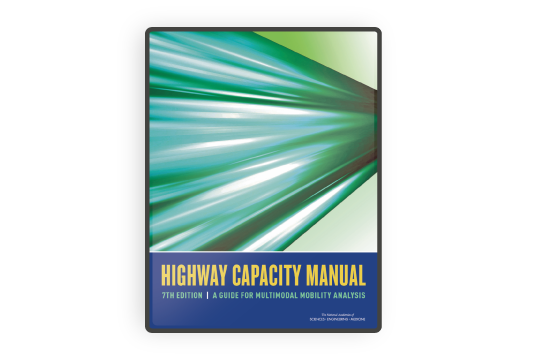
技巧与提示
文章
The Effect of Signal Coordination on TWSC Intersections in HCS
The basic principle of traffic signal coordination is to organize vehicles in platoons, which can be [...]
“Peak Period” vs “Multi-Period” Analyses in HCM
The past couple of Highway Capacity Manual (HCM) releases offer the multi-period analysis and the peak [...]
显性与隐性的交通瓶颈分析
Public agencies invest much to mitigate bottlenecks, which are frequent sources of congestion in freeways. However, an [...]
资源
2025 HCS User Guides
.
.
